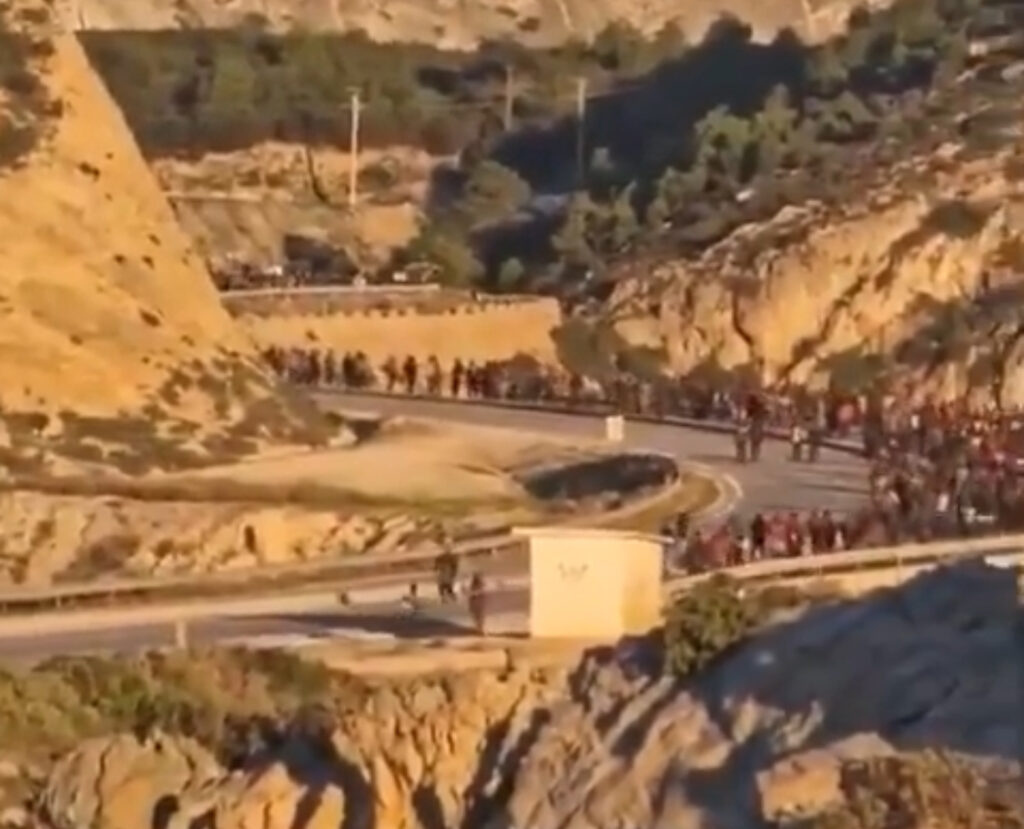
In the early hours of a foggy weekend, the waters between Morocco and the Spanish enclave of Ceuta became a stage for one of the most poignant dramas of our time: migration. Here, not just numbers but lives, dreams, and desperation play out against the backdrop of geopolitical tensions and humanitarian crises.
The Surge
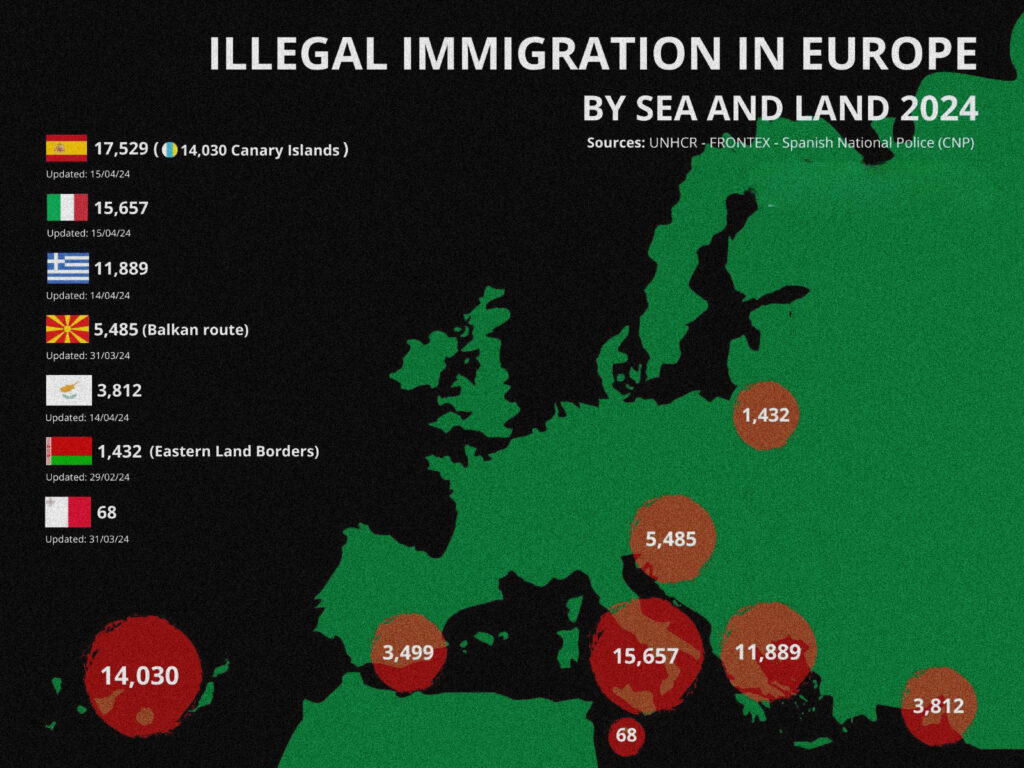
Over the past few days, thousands of migrants, predominantly from Morocco but also from further afield in Africa, have attempted to cross into Ceuta. This isn’t just a matter of crossing a border; it’s a perilous journey where many opt to swim, facing the cold, unpredictable waters of the Mediterranean, driven by the hope of a better life. The sight of hundreds, including young men and families, wading through the sea, has become a stark symbol of this migration wave.
The Human Element
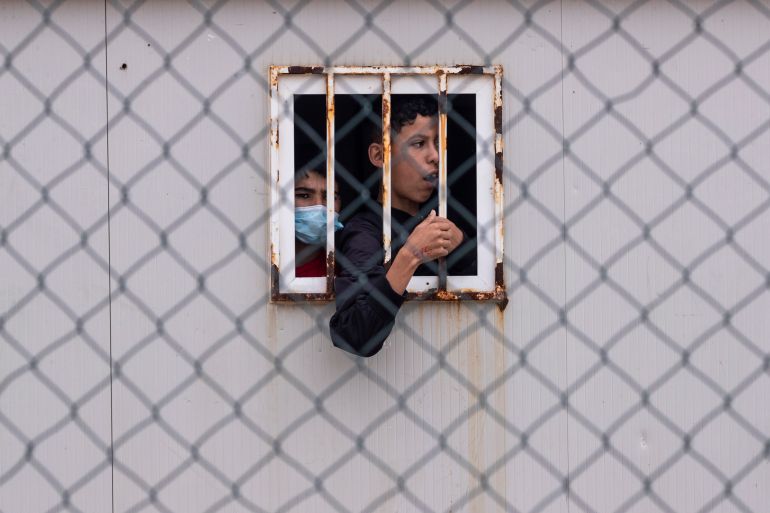
Imagine leaving behind everything you know, your family, your home, with nothing but the clothes on your back, as Mohamed did. His story, shared with Spanish media, isn’t unique but represents the thousands who see Ceuta not just as Spanish soil but as a gateway to Europe, to opportunity. The journey for many starts with a simple, heart-wrenching goodbye, a leap into the unknown, propelled by the belief that what lies ahead could be better than what’s left behind.
Spain’s Response

Spain’s reaction has been multifaceted. On one hand, there’s the immediate deployment of military and police forces, not just to control but also to rescue. Images of Spanish officers wading into the water to save children encapsulate the human side of border control. However, the policy response has stirred controversy. The Spanish government’s decision to transport migrants from the Canary Islands to mainland Spain via exclusive flights has sparked debate. Critics see it as an orchestrated population shift, while supporters argue it’s a necessary measure for managing the influx.
The Controversy
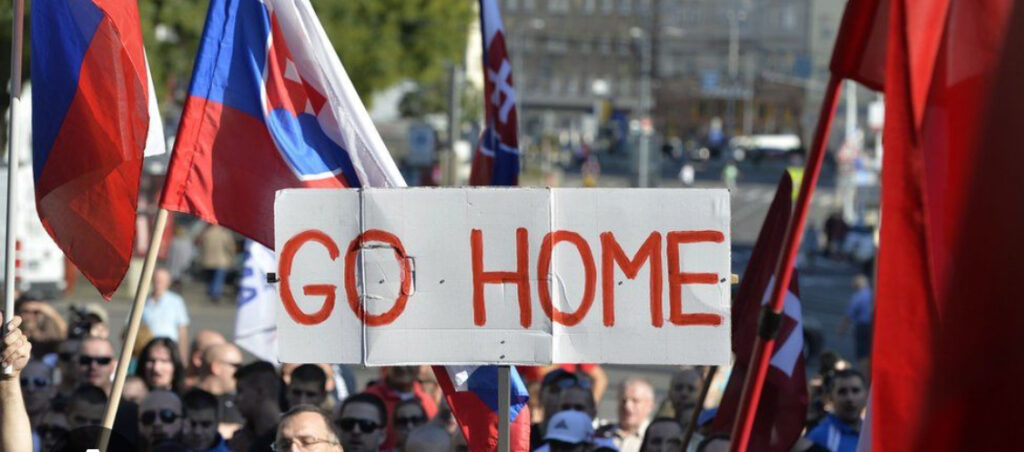
Recent incidents, like the Spanish Coast Guard ramming a migrant boat or migrants being pushed back into Moroccan waters, highlight the contentious nature of border control here. These actions, captured on video and shared widely, have led to outcry from human rights groups in both Morocco and Spain, demanding investigations into what they perceive as excessive use of force.
The Broader Picture
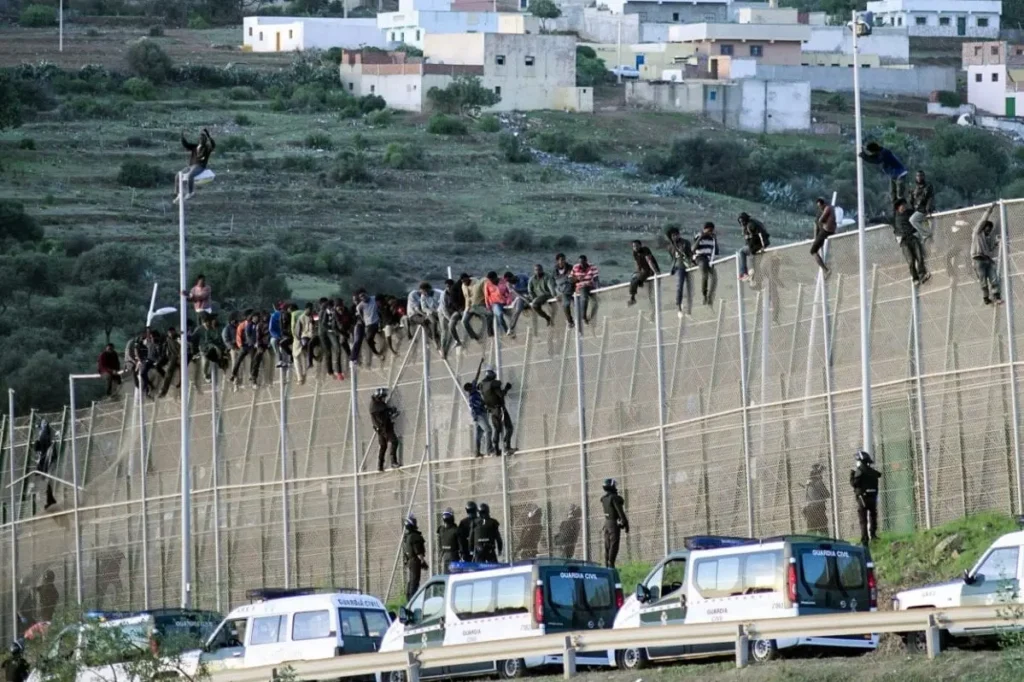
This migration isn’t just about numbers or policy; it’s deeply intertwined with geopolitical maneuvers. The sudden surge in crossings was seen by some as a strategic move by Morocco, perhaps in response to diplomatic frictions with Spain. Yet, beyond political games, lies a deeper narrative of economic disparity, conflict, and climate change driving people from their homes.
Public Sentiment and Media Coverage
The narrative on platforms like X (formerly Twitter) reflects a divided public. There’s fear of invasion, concerns over cultural identity, and calls for stricter border controls. Conversely, there’s also a strong voice advocating for humanitarian aid, integration, and a reevaluation of migration policies. This division underscores the complexity of the issue, where security, identity, and compassion intersect.
Conclusion
The situation at the Spanish-Moroccan border isn’t just a crisis; it’s a mirror reflecting broader global challenges. For every migrant who makes it to Ceuta, there’s a story of hope, desperation, and survival. For Spain, it’s a test of its values against its policies. And for observers worldwide, it’s a reminder of the human cost of borders in an increasingly interconnected world. As we watch this drama unfold, the question remains: What does it mean to be human in the face of such monumental movements of people?
Leave a Reply